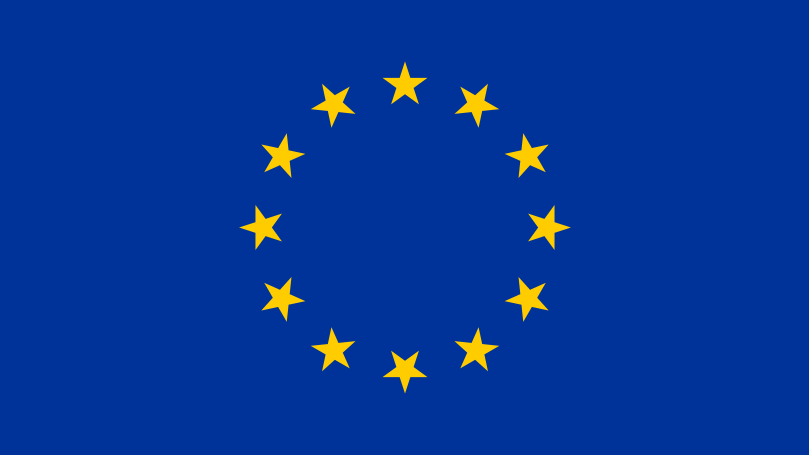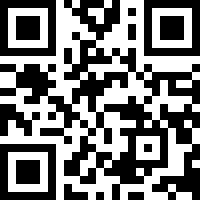Most of our counterfeit drug-related posts so far have been from an American point of view, as most of our writers live and work in the United States. However, there are initiatives all over the world fighting back against fake medications. Today we’ll be taking a look at how the European Union is handling this problem.
In February of 2016, the European Union set a deadline of February 2019 for all sellers of medication to comply with new authentication protocols, which will bring these in line with U.S. standards put into place in November of 2017.
In essence, these regulations require all manufacturers to brand each product with a unique serial number, and each seller to verify that serial number before the sale. This is a supplement to the Falsified Medicines Directive from 2011, which was established to prevent and combat the spread of fake drugs in Europe, codifying a variety of methods, such as tamper-evident seals, rules on how distribution and storage are managed, and regulations on how to operate both brick-and-mortar and Internet-based pharmacies.
Each nation in the EU will be allowed to establish its own regulations to a certain extent. Due to the fact that member states are allowed parallel trade, however, there need to be common restrictions. The barcodes need to comply with certain universal rules, and the database must be shared by everyone involved in the pharmaceutical trade.
The new directive will also codify how central repositories are set up. They can be national or supranational, connected to the European Hub (a database for information on pharma products sold in the EU). As opposed to being private corporations, repositories will be classified as nonprofit legal entities and funded by manufacturers and pharmaceutical corporations.
In contrast with the American system, which aims to track drugs at every point of ownership change, the European system serializes the pharmaceutical products at the beginning with the manufacturer, and scans the barcodes at the pharmacy, before they get sold to the customer.
Distributors and wholesalers will be able to assess products on a case-by-case basis, but they are not compelled to do so. The European system has some benefits which the American one does not, however. Each package will require a seal that is broken when it is opened, providing evidence of tampering. The American system also does not yet have a codified way of handling repository data access.
The European Medicines Verification Organisation is a consortium of the major European pharmaceutical trade associations. It welcomes the new regulations, as it protects corporate interests as well as consumer interests. The EMVO maintains the European Hub to facilitate data exchange between users in different nations. With the EMVO’s assistance, the EU is on track to set up a Europe-wide network providing transparency and security in the pharmaceutical market.
There are already other companies offering solutions on how to comply with the new regulations. TraceLink is one such organization, using cloud-based data storage to provide access to databases across Europe. They also provide modules for each point of origin and point of sale, as regulations can be slightly different between nations.
At IDLogiq, we applaud the work these companies are doing to help everyone – manufacturers, distributors, repositories, and pharmacies – ensure that the medicines being sold are genuine. These new regulations are a great step forward in ensuring that people are getting the drugs they need without worrying about whether they’re real or not. As a company, IDLogiq is working on blockchain-powered solutions to things like regulation compliance, so stay tuned for more information!


